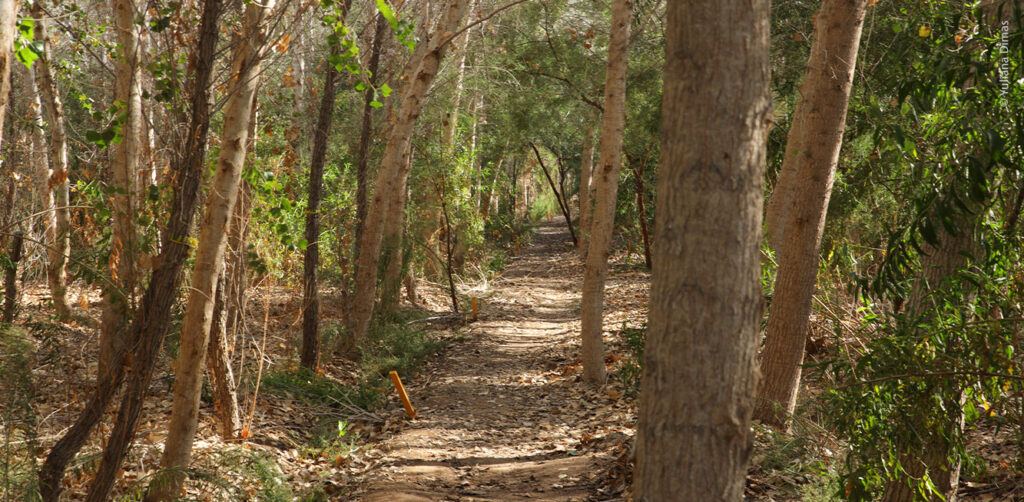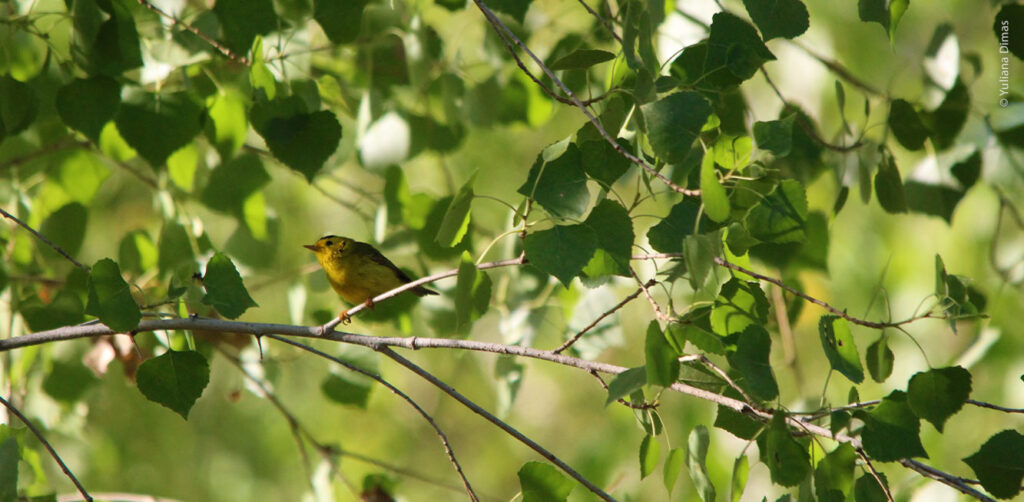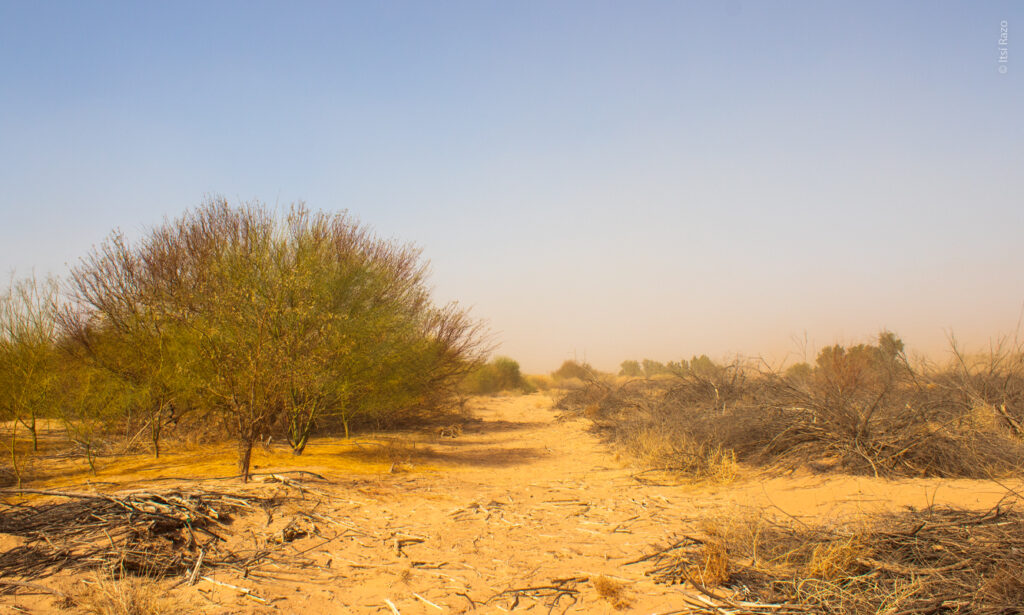The waters of the Colorado River born in the north of the United States of America, at the foot of the Rocky Mountains. They travel through five states in the US for more than 2,000 kilometers until crossing into Mexican territory and flowing into the Sea of Cortes . It is an essential tributary for the ecosystems and development of the binational region, inhabited by more than 40 million people.
However, for several decades the Colorado River has been seriously affected by the decrease in the flow of water from the US into Mexico, as well as by the increase of exotic and invasive plants, and the uncontrolled exploitation of the aquifer. Hence, conservation of the Delta is a binational priority. This complex task requires a deep knowledge of the ecosystem and its vital processes, as well as a permanent collaboration between the Revive The Colorado River Alliance, the governments of both countries, and local community.

We, as Pronatura Noroeste, already have a success story in the Colorado River Delta, with the restoration of the Miguel Alemán site in the border area shared by the states of Baja California, Sonora and Arizona.
We cultivated and planted more than 100,000 native plants on an 11-year ongoing project to create a small forest of cottonwoods and willows on that site. This project has wiped out the semi-desert plain in exchange for abundant plants that provide permanent shade that radically changed the environment. Today, the Miguel Alemán site is a habitat for a diversity of plants and animals, including 123 species of birds.

As well as the Miguel Alemán site, the Janitzio restoration site requires our attention, located 1.5 km upstream from the Miguel Alemán site, in the area known as Gadsden Bend. This site is also part of the binational Delta restoration initiative, with a high potential for recreational use by the community, only 12 km away from the city of San Luis Río Colorado, Sonora, with 160,000 inhabitants.
As today, the Janitzio restoration site has scarce vegetation and the predominant presence of salt cedar, an invasive species that hogs the groundwater and prevents other plants from establishing themselves. It should be noted that the subsoil water on the site is not accessible to any type of vegetation, as it is found at a depth of 3 to 5 meters (in the lower areas) and up to 9 meters (in the higher terraces). As can be seen, the recovery of flora and fauna at this site requires our help and intervention.

We have set a 5-year plan for the recovery of the Janitzio site. This includes establishing and protecting a functional riparian zone, with nursery cultivation and planting of native species such as poplars, willows and mesquites, to transform an area of 345 acres. A density of 277 trees per hectare is contemplated for poplars and willows; for mesquite, the density will be between 300 and 400 trees per hectare. This plan includes the presence of surface water, an increase in plant biomass and, in general, an increase in the structural diversity of the habitat.
The total area of the Janitzio restoration site is 378 acres in the flood plain of the river, which is considered a federal zone under the responsibility of the National Water Commission (CONAGUA). At this location, as Pronatura Noroeste, we have a legal concession for conservation and protection purposes, which allows us to carry out this restoration strategy for environmental improvement.
If we carry out this plan in a systematic and orderly manner in the medium term, we will achieve two fully recovered restoration sites in the Colorado River Delta.
We invite you to invest in Pronatura Noroeste’s work to transform the Colorado River Delta.












